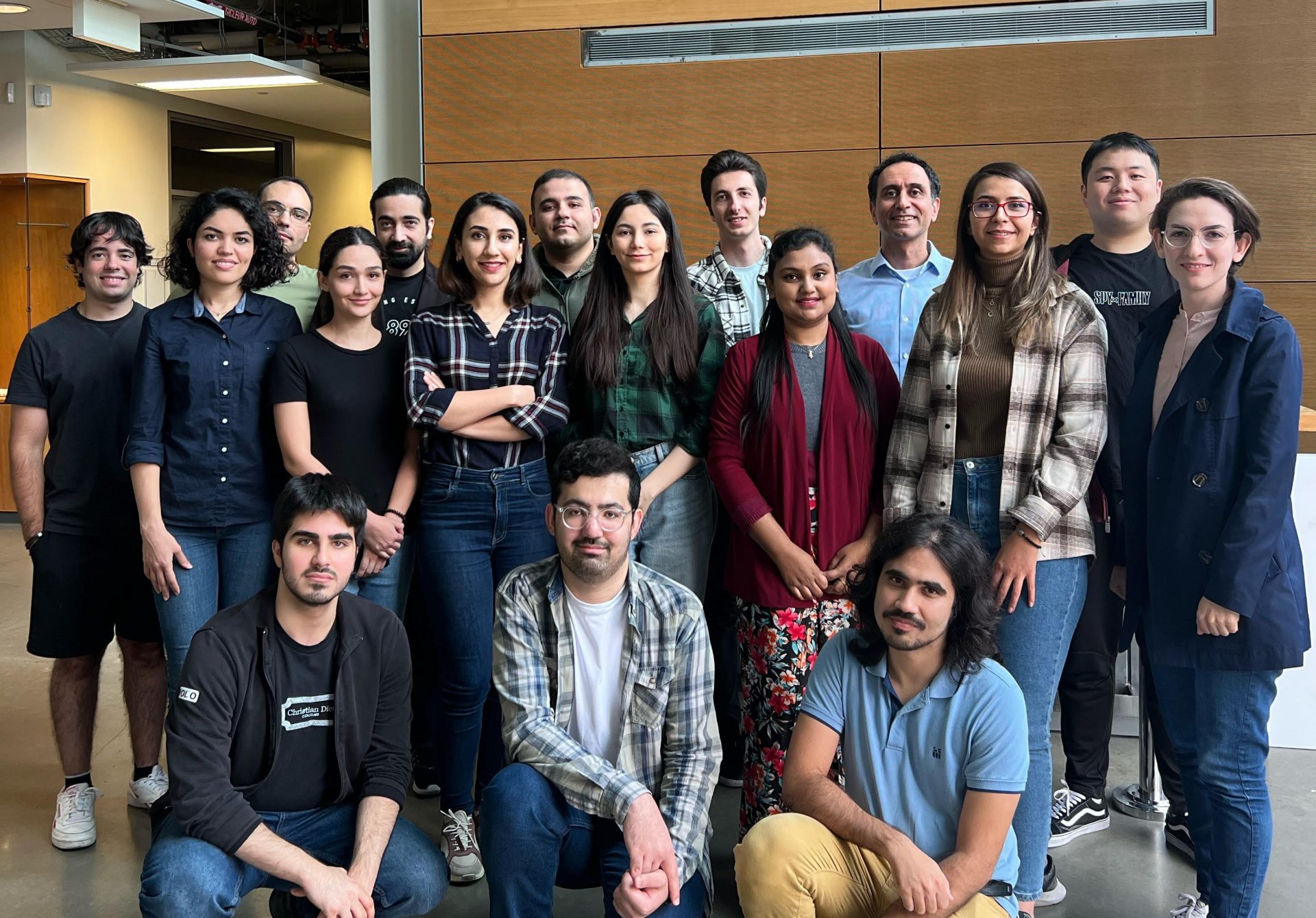This database is based on the following publication:
M Ashikuzzaman, C Belasso, G Kibria, A Bergdahl, C Gauthier, H. Rivaz,
Low Rank and Sparse Decomposition of Ultrasound Color Flow Images for Suppressing Clutter in Real-Time, IEEE Trans. Medical Imaging (TMI), 2019, in press, IEEE, pdf, code.
